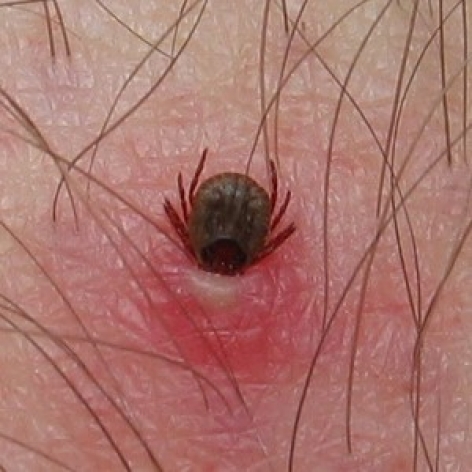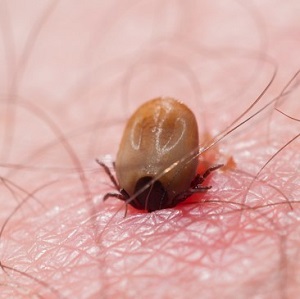CASES OF THE WEEK - “Tick paralysis” by Dr Prachet Kulkarni, Consultant Neurology, NMC Royal Hospital Sharjah

44 year old, with no past co-morbid conditions and not an any regular medication presented to the out patient clinic with history of acute onset of difficulty in walking and getting up from squatting posture for the previous 12 hours.
On questioning further he revealed the he was bitten by an insect over his left ring finger the previous afternoon at 2 pm at Kalba Corniche. He noticed an insect over his finger and removed it immediately. It was very small, but following that he had excruciating pain radiating till the elbow for the next few hours.
He subsequently went home and rested, He got up at around midnight (10 hours after the bite), he could not walk, needed support and could not get up from squatting posture. He presented to the hospital 9-10 hours after the onset of weakness.
By that time he started to make improvement in his motor power and was better than when he first noticed the muscle weakness i.e. 9 hours before presentation to the hospital.
There was no history of fever, bladder or sensory symptoms. On examination, he was conscious oriented, afebrile, blood pressures was normal, no cranial nerve palsy, sensory and reflexes were normal, power was 3-4/5 in the lower limbs.
He was admitted in the ward and investigated. His serum creatinine phosphokinase was elevated 517, nerve conductions were normal and urine myoglobin was normal, (had a few RBCs in urine), He was managed conservatively with iv fluids,
His repeat CPK was 263. He improved fully with a power of 5/5 and was discharged 24 hours after admission. He was seen in out patient clinic after 3 days of discharge, was fine with normal power and repeat CPK was 111.
A diagnosis of TICK PARALYSIS was made.
TICK paralysis is largely a disease in USA, and Australia, is due to neurotoxin injected by the female tick. The progressive ascending paralysis is due to persistence of the tick and the release of toxin. In this patient,since he removed the tick immediately he had rapid recovery.
Lesson learnt: Tick paralysis is an important differential diagnosis in patients presently like Guillain Barre syndrome, history is the key, treatment is removal of the tick and supportive management, patients have to be observed as respiratory paralysis can occur. All investigations are usually normal.




